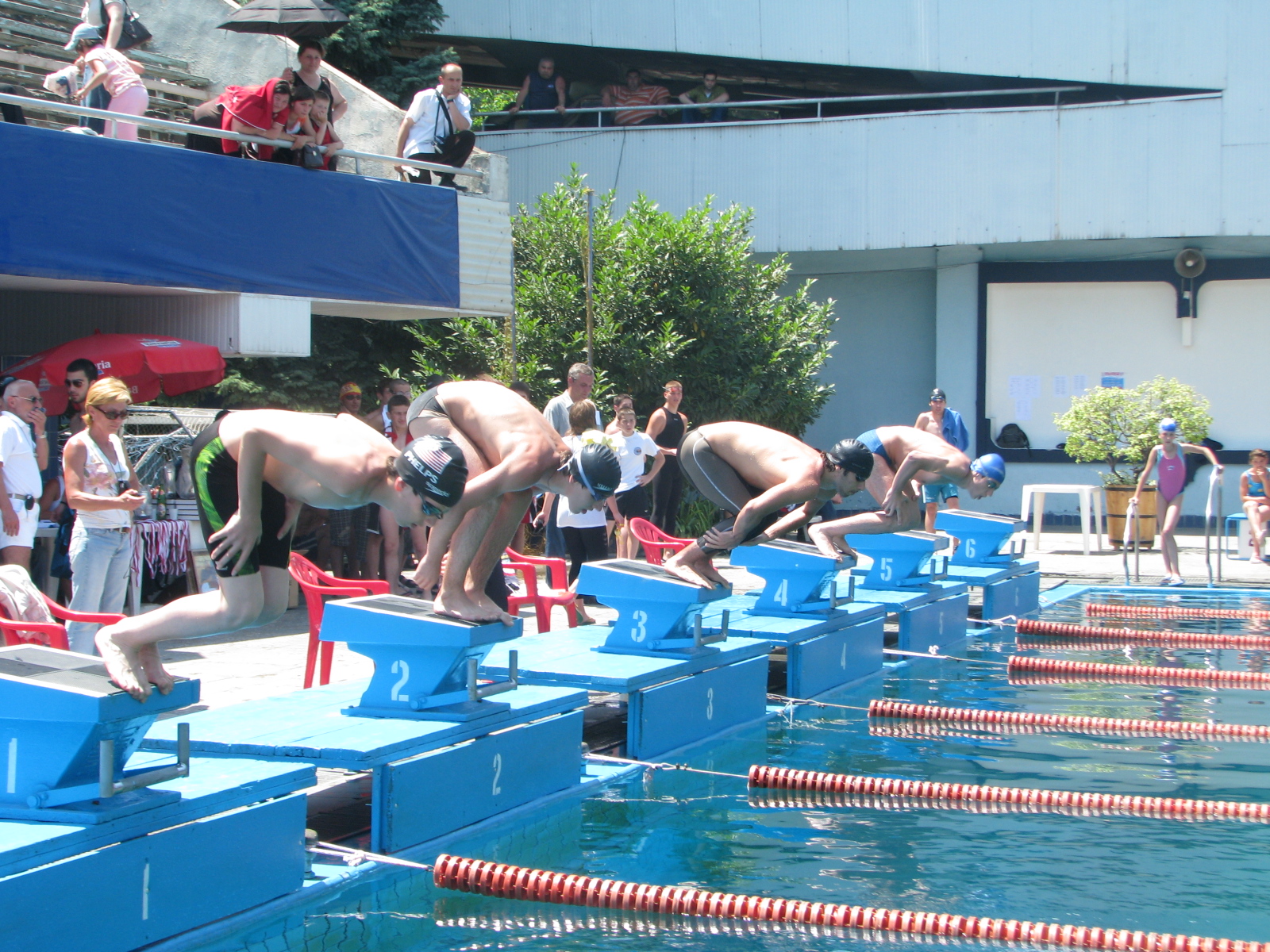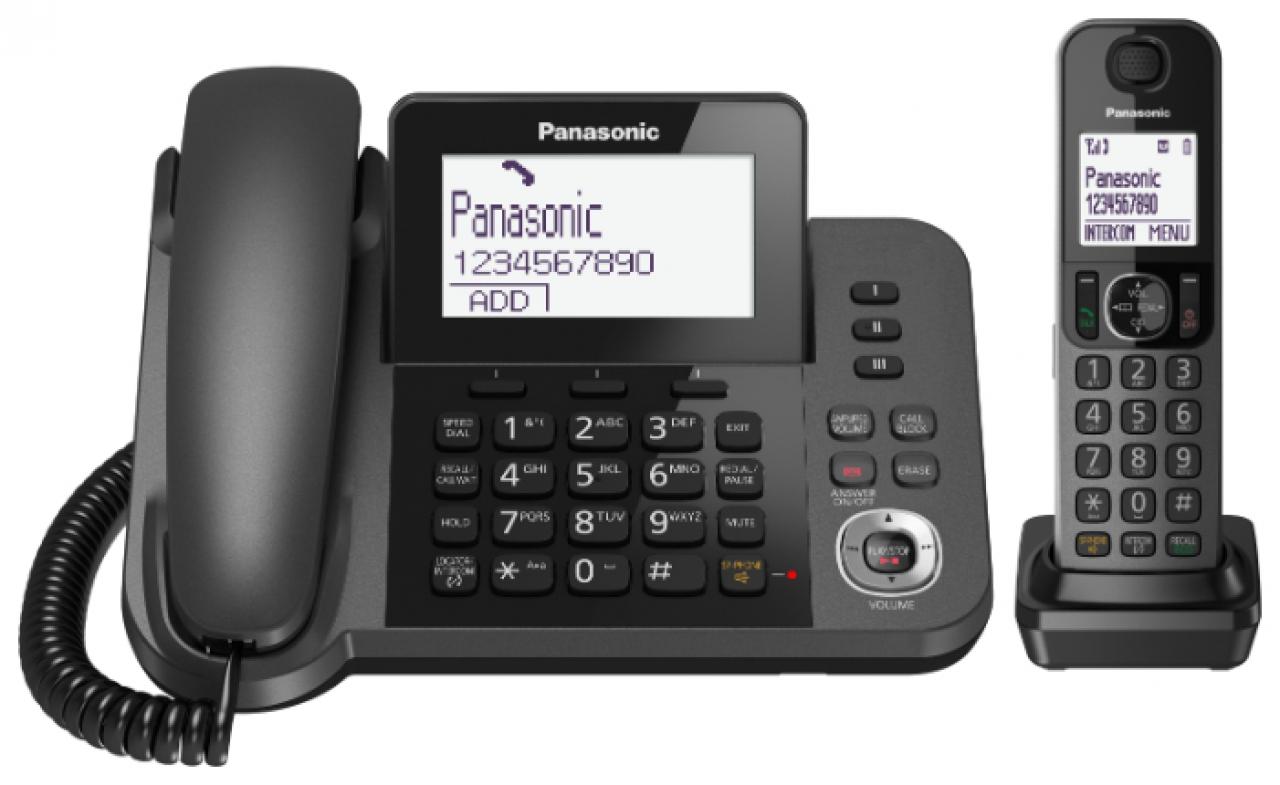Rating of the best decorative stone for walls for 2022
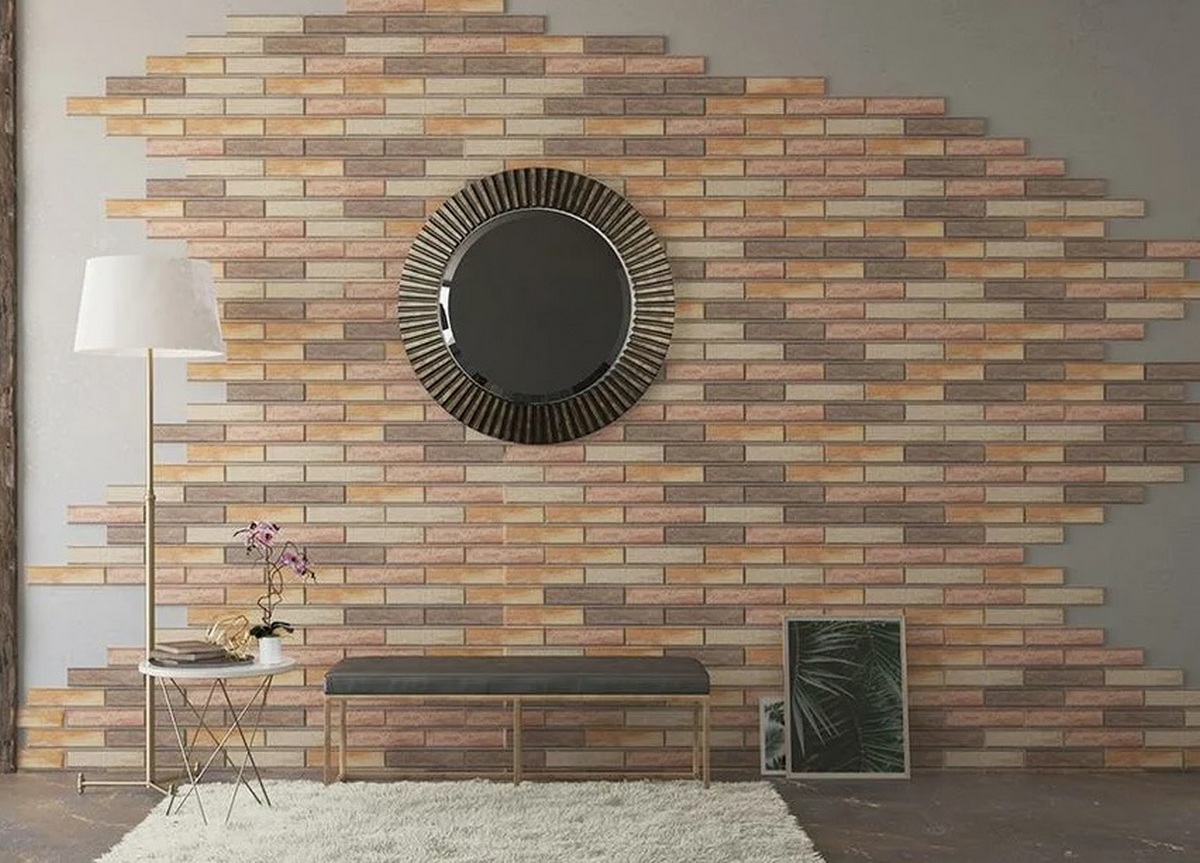
Decorative stones for both exterior and interior wall decoration, as well as ordinary wallpaper or painting, are the most popular material for cladding in private households and commercial buildings. Such a stone is able to perfectly transform the interior, make it more naturalistic and comfortable. Even its artificial samples can be quite harmoniously combined with glass or plastic (in the form of separate inclusions). Most often, such material is used in corridors and living rooms, bathrooms and toilets, as well as on the facades of houses. It is worth noting that decorative stone decoration can even be decorated with living vegetation, for example, by putting flowering ivy stalks along the wall.

Content
- 1 Features of use
- 2 Advantages of artificial stone
- 3 Technical requirements for decorative stones
- 4 Decorative stone finishing technology
- 5 Difficulties of choice
- 6 Rating of the best decorative stone for walls for 2022
- 7 Conclusion
Features of use
The material under consideration, in its internal application, has some limitations that arise from the specifics of the installation. It may well go well with metal, wood or textured plaster, but the use of several different types of minerals on the same wall will obviously weigh down the overall perception. In this case, it is preferable to use stones of the same breed, but with different surface treatments and color shades. If the main project does not provide for the presence of bright lighting (or it is limited to a small amount of use), then it is better to use light-colored material in the decor, but with a large texture. In this way, the textures and seams of the masonry can be more expressively emphasized.As a rule, all the walls of one room are trimmed with decor stones at once, so as not to create a visual resonance in the difference in the materials used. However, a complete transition to plain mineral can easily turn a room into a stone bag. From this it is clear that before the start of finishing there should be a well-prepared design project from a competent designer.
Types of stones for decoration
Today, the following types of stone are most often used for decoration:
- Cobblestone;
- Slate;
- Marble;
- Granite;
- Limestone;
- Sandstone.
IMPORTANT! Most experts distinguish between the concepts of "decorative" and "natural" stone. Under the first they understand the artificial imitation of any rock, and under the second - it is a natural mineral. However, not everyone agrees with this division - some experts believe that the "natural" mineral is also "decorative".
All of the above natural materials can be imitated by means of synthetic materials in industrial production. As well as natural minerals, decor stones can be laid independently without resorting to the services of specialists. The easiest way to lay out sandstone - it does not require any special skills or special technical devices. As for the rest of the imitations, it may be necessary to trim their individual parts, although, in most cases, this will already be done at the factory. However, unlike natural stone, it is easier to lay artificial stone on an uneven surface, because the base of the latter is usually completely polished. Also, it is easier for decorative samples to give the desired color, they are light in weight, which means that the load on the load-bearing parts of the wall is reduced.
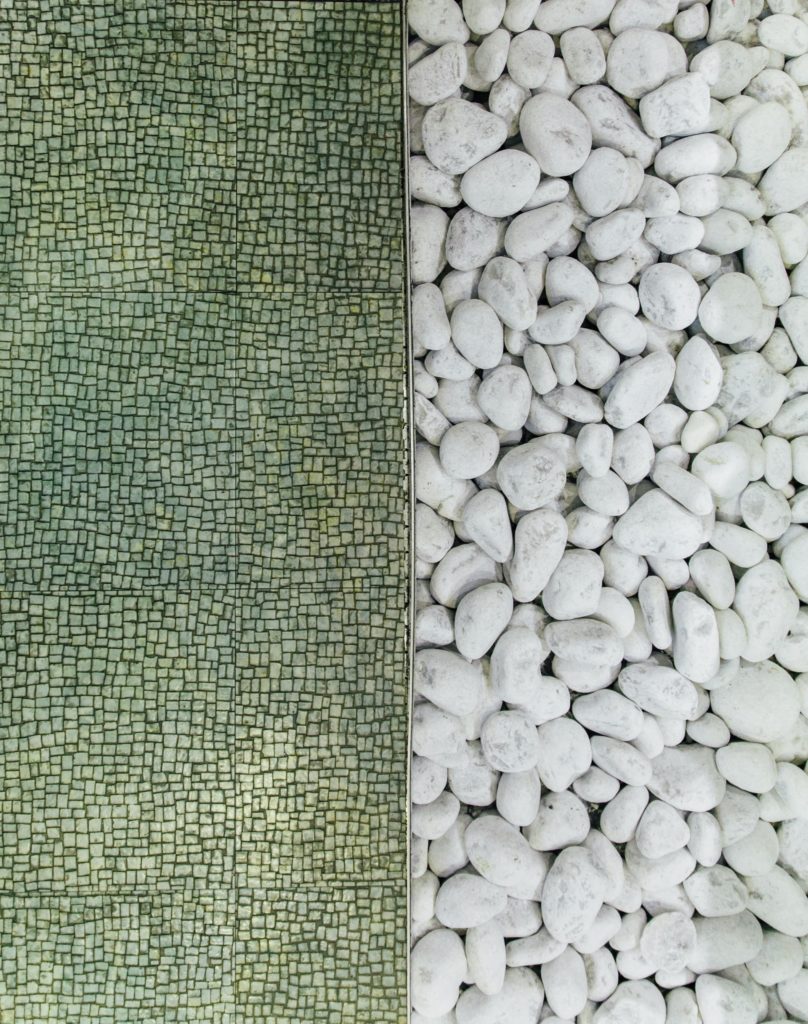
Varieties of artificial stones
Current technologies are capable of producing a wide range of decorative materials that will be visually almost indistinguishable from natural ones. Any artificial stone, due to the structure of its components, may have specific characteristics and properties.
- plaster
It has a relatively small mass, which greatly simplifies the work. It is not subject to fire, endures temperature changes, if it requires trimming / fitting, then these actions can be carried out with improvised devices. Gypsum models, due to their low weight, are perfect for sticking on plasterboard walls. However, gypsum samples have a significant drawback - they absorb moisture very well. Thus, after the installation is completed, the entire gypsum surface must be covered with a special protective varnish, which at the same time will give it a special decorative sheen. Often, gypsum stones are used to decorate hallways and living rooms, which gives the overall interior some zest.
- Concrete
This type is produced on the basis of sand and a plasticizer, where the latter acts as a binder. Also, the presence of reinforcing additives and coloring inclusions is allowed in the structure, and pumice and expanded clay can be used to give originality to the form. This decorative material can be laid out both outside and inside the room, because its strength is not satisfactory. The disadvantages can only be attributed to significant weight, and trimming will already require the use of a grinder. If we mention the exterior finish, then it will be necessary to lay on special types of glue that is not afraid of weather precipitation.And for internal structures, a good adhesive substance should be used that can hold a mass of up to 12 kilograms with a sufficient level of adhesion.
- Acrylic
This material is based on synthetic acrylic, which has the highest environmental friendliness properties, low weight, resistance to various mechanical loads, negative effects of moisture. Also, it is characterized by the presence of antistatic qualities that do not allow dirt and dust to be attracted to its surface. With the help of these models it is possible to create very original compositions due to their brightness and saturation. Has a reasonable price tag.
- Expanded clay
This type is extremely cheap and has a relatively low strength. It is not able to maintain its original appearance for long and will surely crumble over time. However, it is possible to attach it to the wall using almost any glue (even high-quality stationery). Recommended exclusively for cladding interior structures.
- Roll (flexible)
Similar artificial samples are made on the basis of sandstone. Due to the long process of polishing, the material retains a close-to-natural texture, coupled with a glossy tone. A dense fabric with acrylic inclusions serves as a laying base for it, on which the entire textured part is fixed. After prolonged drying, the fabric acquires adhesive properties - when laying, its protective layer is removed and installation takes place using an acrylic layer. Due to the qualities of its flexibility, it is possible to install the rolled material even in the most inaccessible places, cover surfaces with irregular geometry with it, it will hold perfectly both on the inner and outer corners.The only negative is the high cost.
- Porcelain stoneware
It is made from feldspar, clay, mineral tint elements. The manufacturing process consists in long-term pressing and firing of samples at a very high temperature. Porcelain stoneware can withstand extreme changes in heat and cold, has increased strength properties, and is resistant to the negative effects of moisture. Porcelain stoneware is used for finishing the external walls of structures, using separate modules with a thickness of up to one and a half centimeters. In bathrooms and toilets, this type is considered more preferable than tiles, because it copes better with a humid environment. However, in this case, experts recommend using modules with a thickness of up to 8 millimeters and with an area of up to 90 centimeters. Individual elements can be produced in various sizes and thicknesses. The surface can be either matte or glossy. Due to its artificial origin, it has a very even and ordered structure, it is easy to care for it, but it does not tolerate the use of aggressive abrasive detergents.
- Agglomerate
It consists of granite or marble chips (which gives it special strength), limestone and quartz sand, as well as additional coloring components. Polyester resin is used as a binder. The final material perfectly imitates natural slate, marble and other natural minerals (depending on the inclusions used). All its qualities will directly depend on the composition. For example, the prevalence of quartz elements in the structure will make the agglomerate look like a cobblestone, it will have an enviable strength, it can be safely used for finishing external walls.If you increase the percentage of slate chips in the composition, then the finished sample will show excellent soundproofing qualities, which is important for interior cladding.
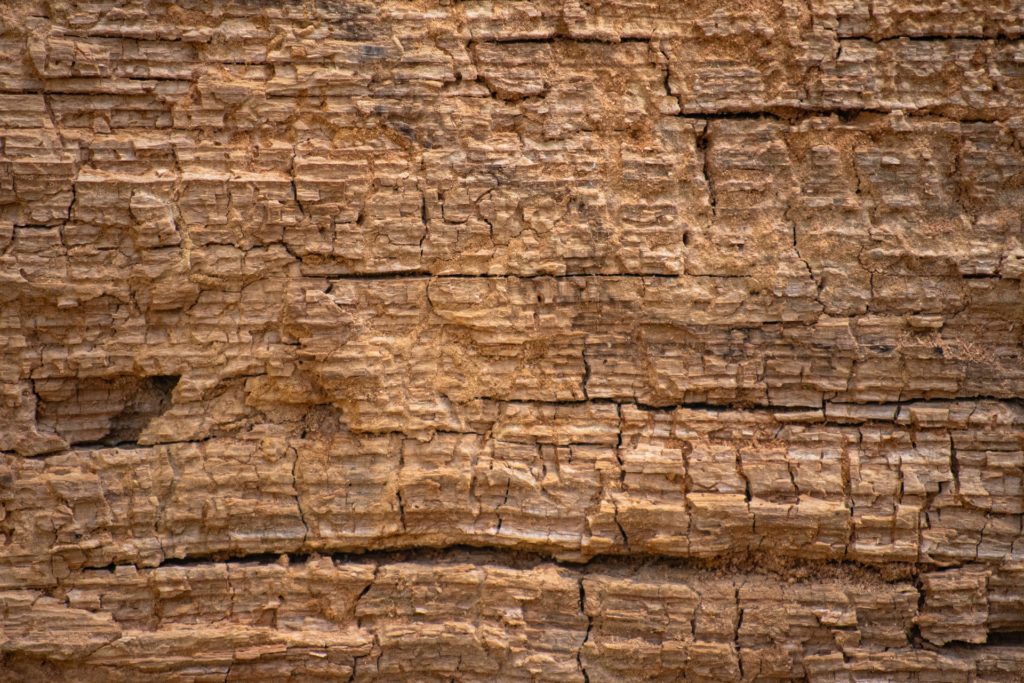
Advantages of artificial stone
These specialists primarily include:
- Adequate cost - from an array of natural rock, the useful yield of varietal natural stone is only 40%, which directly increases its final cost. The manufacture of artificial decor stone is a non-waste production.
- A small mass - this quality significantly affects the preparation of walls for installation. It will never need additional strengthening of the walls, and even more so the equipment of additional load-bearing structures.
- Environmental friendliness - existing technologies make it possible to make the material in question very clean. It will not have a background radiation, there will be no allergenic components, etc. It can be completely used for lining children's rooms.
- Long service life - due to the durability of coloring pigments, most artificial modules (but not all!) Quietly tolerate exposure to ultraviolet radiation. They do not even need a separate protective painting to prevent excessive absorption of moisture and dust.
- Strength Characteristics - Strength is achieved through a variety of special additives in the composition, which also increases the resistance to abrasion.
- Ease of installation - artificial analogues are easy to cut in necessary cases with the help of improvised tools, and their laying is possible even on poorly prepared surfaces.
Technical requirements for decorative stones
For interior walls
Facing indoors requires the use of exceptionally high-quality material, especially its color component, so that the completed design can harmoniously fit into the overall interior. If you use a decor stone, then all of its surfaces (both external and invisible) should not have chips, growths, or clearly visible spots. Any finishing element should be well glued to the wall and hold tightly on it. For the maximum level of adhesion, it is desirable to have a surface that is not too smooth, but it should not have a high level of roughness either. But the issue of water-repellent properties in this case will only be of secondary importance, unless we are talking about facing specialized rooms, such as baths or bathrooms. Even if the decorative material itself does not have its own moisture-protective properties, then it must be painted with special compounds that will require renewal every 4 years.
For processing external walls
There are special requirements for such a decor stone:
- Special resistance to atmospheric precipitation and temperature changes;
- Immunity to sunlight and fire safety;
- Sufficient light and sound insulation;
- Prevention of condensation with good natural ventilation.
The price of such products will depend on the brand of the manufacturer, the raw materials used, the duration of its warranty, thickness and dimensions, as well as the practicality of the dyes used. External walls are also convenient because their decoration can set the general color background for the entire structure, give it an original identity. Such structures will give others a sense of stability, naturalness and strength.
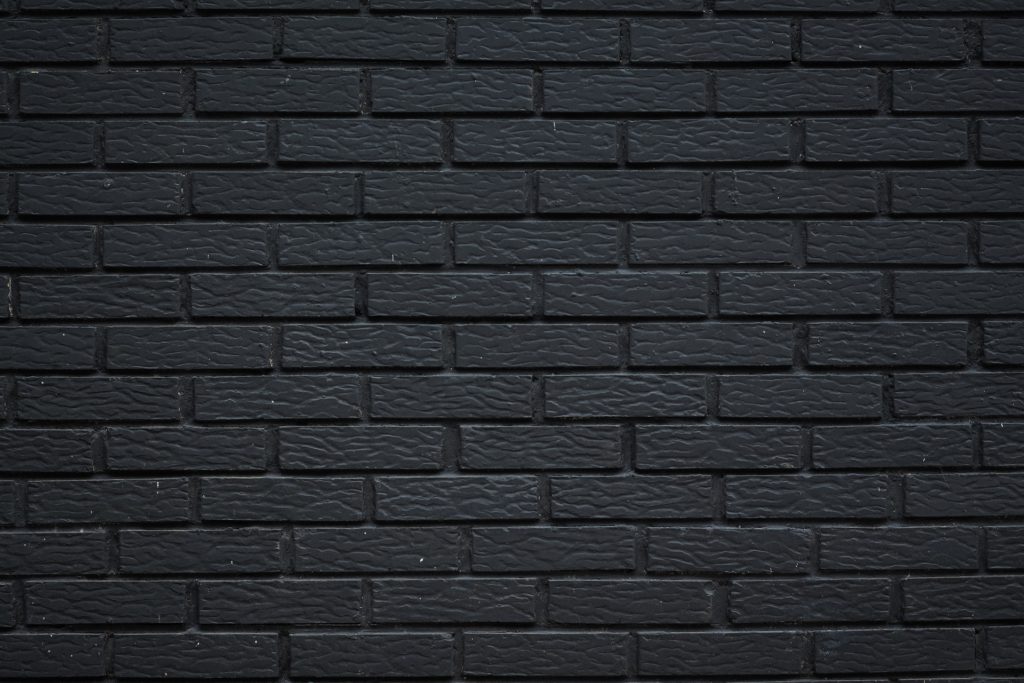
Decorative stone finishing technology
It is widely believed that pasting surfaces with decorative products is a very laborious process. But if you approach the matter competently, strictly following all the building sequences and technologies, then you can do this finish yourself.
At the initial stage, the master will need to:
- Choose the type of decorative stone;
- Calculate the total area and quadrature of individual modules;
- Select the required construction tool.
The general cladding process will include the following actions:
- During the preparatory work, it is necessary to remove the previous layer of plaster, putty the base, repair individual cracks, dedust the surface by priming. Be sure to pay attention to the sufficient evenness of the wall - if the curvature is too obvious, then laying will only emphasize this drawback.
- Perform breeding of electrical communications, which include various sockets, spotlights, switches. All wiring for them must be done using a hidden system, so as not to spoil the future external design.
- If you need to lay out an ornament or image, make a preliminary sketch of it. Its contours will need to be outlined on the wall.
- To create comfortable working conditions, it is better to first (using a pendulum and a cord) establish boundary lines (this method will be very helpful if a combination of materials is expected).
- Prepare adhesive composition. Mounting modules is preferable to start from the corner. The glue is applied in a uniform layer on the base, then a module is applied to this layer and pressed tightly. After pressing the module, you should remove the excess glue that has come out with a special hammer with rubber tips.
- When using rolled products, the amount of adhesive mass can be saved due to the smaller thickness of such a module, because it is very simply pressed against the base. And after 24 hours of drying, the protective film can simply be removed from the flexible base (but not earlier!).
- When the first corners are completed, you can start pasting the main part of the composition, starting from the applied borders and already formed corners. Each subsequent element must be attached to the already formed parts at an even distance. The dimensions of the distance can be determined "by eye", so small tile joints will be obtained.
- After the glue dries, the seams can be sealed with a special solution or be specially highlighted for contrast with a different shade of paint.
- At the final step, the resulting decorative surface can be coated with special protective varnishes and paints.
Difficulties of choice
It is for decoration that the weight of the decorative stone will play an important role. This property is necessary due to the fact that the design takes place along a vertical plane, and all cladding elements must be tightly held on the wall, not moving out or falling under the influence of gravity. Naturally, for such construction work it is preferable to use the lightest samples, especially if it is intended to finish not concrete walls, but, for example, drywall. Usually, the products in question come in two variations - corner elements and flat modules. With the help of the former, it is very convenient to close wall corners and joints, but they can also create various fancy compositions. Before acquiring the entire required volume of building materials, you need to add another 5% to it for insurance in unforeseen situations.This is due to the fact that any artificial element can be damaged, and then it will not be possible to replace it with a similar one. This is especially true for purchasing through online stores, because there you will still need to wait for the order to arrive, interrupting all work for a while. And if you look from the other side, then the presence of surplus will help to quickly repair the problematic fragment in the future.
Rating of the best decorative stone for walls for 2022
Variations under the "brick"
3rd place: "Vira Time" model "Fireclay"
The sample is intended for interior wall decoration of houses, offices, cafes and city apartments. It is handcrafted and used more and more. The reason for this is the visual naturalness of this “decorative”, its beauty, environmental friendliness, safety, heat resistance, combined with an adequate price. Gypsum brick "Fireclay" is easy to process, it is very easy to paint, cut and hide defects in uneven walls, it has no smell. An interior with such material is a stylish, modern and very beautiful design solution. The recommended cost for retail chains is 750 rubles.

- Quality manufacturing;
- Easy styling;
- Strength.
- Not detected.
2nd place: "SE-Toys" model "VVK"
This type of product does not require careful alignment of the walls, the bricks completely hide all its irregularities, which allows you to use the material even on a rough surface and not spend money on additional puttying. Brick is laid both with grouting and without it. The sample is quite light, the weight of one piece is approximately 61 g, which allows mounting on liquid nails. After laying, it is recommended to treat the surface with acrylic varnish or paint with high-quality paint.The surface of the old decorative brick has irregularities and depressions inherent in hand-molded products. The recommended cost for retail chains is 950 rubles.
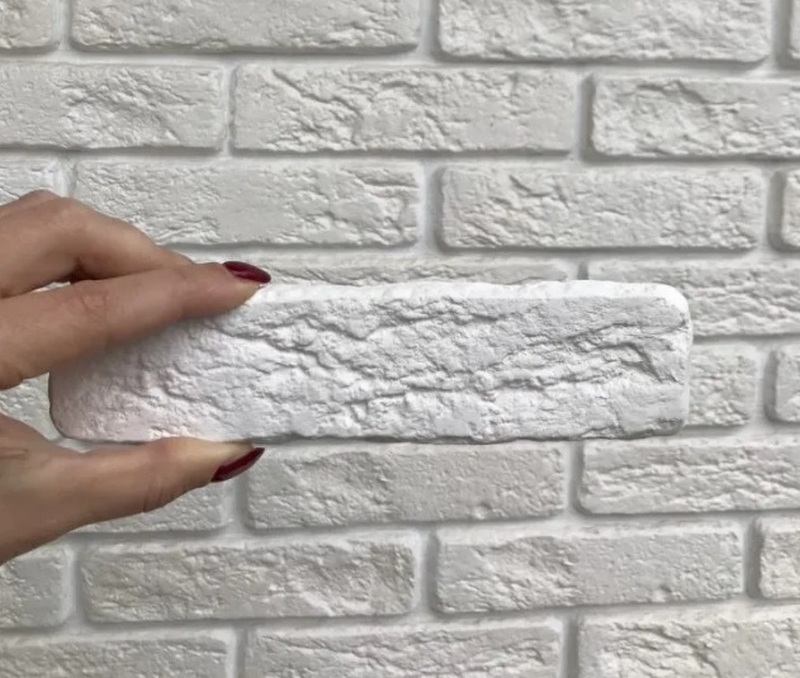
- Possibility of using liquid nails for laying;
- Embossed surface;
- There is no mandatory need for grouting.
- Not detected.
1st place: Astoni model "Antique tree"
This sample is made of high quality gypsum and fiber reinforcement. The color of the decorative brick is white. Most buyers leave the clinker brick after laying on the wall in white, but in any case, it is recommended to varnish the decorative tiles. At the same time, this clinker tile can be painted with any acrylic or water-based paint. Decorative gypsum product is an environmentally friendly and completely non-combustible material.
This sample can be laid both with grouting and without grouting. The recommended cost for retail chains is 1300 rubles.

- Optional grouting;
- original appearance;
- Possibility of coloring.
- Not detected.
Variations under the "loft"
3rd place: "Vira Time" model "Carpathian"
The model is used for interior decoration of houses, offices, cafes and city apartments, it is made by hand and is used very often. The material is natural, environmentally friendly, safe, heat-resistant, has a favorable price. Sample "Carpathian" is easy to process, very easy to paint, cut and hides defects in uneven walls, has no smell. Separately, it is necessary to mention the thickness of the slate: it is quite large and durable, thanks to which it does not break. The recommended cost for retail chains is 950 rubles.
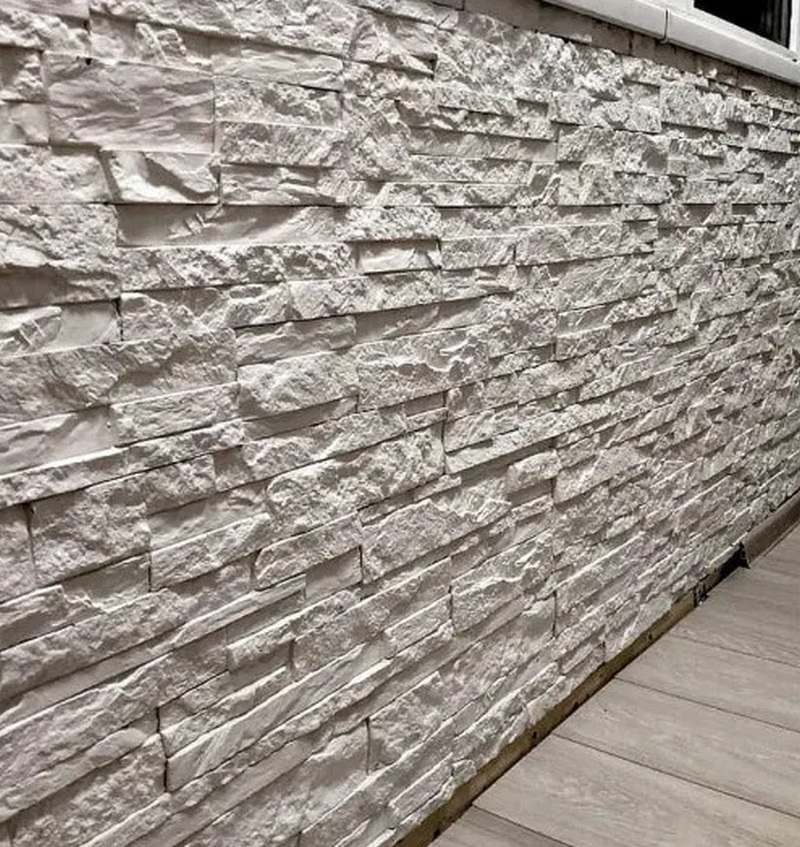
- Adequate cost;
- Sufficient thickness;
- Special heat resistance.
- Not detected.
2nd place: "Eurolit" model "Appalachian white"
This sample accurately conveys the texture of rock shale rocks of natural minerals. The model is unobtrusive and has a unique texture. The optimal thickness is 12 mm, and its low weight will allow it to be mounted on any bases and in small spaces. The increased length of each element of 40 cm will significantly reduce the number of butt joints over the entire cladding area. A large number of non-repeating elements will fully simulate natural masonry in the interior. The absence of flash, manufacturing defects and the correct shape of each element allows for quick and high-quality installation, without wasting money and time to fit each element to the desired size. The model has a smooth and calm relief. With its help, you can implement any interior solutions due to the wide variability in the choice of color and staining method. In the original white color of natural gypsum, it will perfectly fit into the interior in a classic and Scandinavian style. The recommended cost for retail chains is 1000 rubles.

- Increased module length;
- Shale texture;
- Reducing the number of butt joints.
- A heterogeneous pattern will not fit into every interior.
1st place: "LoftTrade" model "Boro" 05"
The sample can be used as an independent material, or in combination with other types of LOFT-style finishes (plaster, wallpaper, ceramic tiles, drywall, etc.) Suitable for exterior decoration - finishing facades of buildings, balconies, windows, fences, etc. .To impart water-repellent properties, durability, strength during transportation and maintain the original appearance, the product includes water repellents and reinforcing fibers. Installation is possible on any cement mixture or tile adhesive. The recommended cost for retail chains is 1200 rubles.

- Original type of surface;
- Wide scope;
- Possibility of combination.
- Not detected.
Volume variations
3rd place: "3Dom decor" model "Convex hexagon"
The model is intended for interior decoration. These 3d panels will add personality to high-tech walls. The advantages are the possibility of mounting both on the wall and on the ceiling, there is a wide range of panel textures, high service life, environmental friendliness is 100%, creates the illusion of a three-dimensional reality. It has additional heat and sound insulation, increased fire safety. The recommended cost for retail chains is 620 rubles.

- Possibility of partial laying;
- Volumetric format;
- Hi-tech style.
- Not detected.
2nd place: "Magnit-Trade" model "3D wave horizontal white"
This model is presented in the original geometric shape with a smooth surface. With it, it is easy to create a 3D texture effectively playing with shadows in the interior. A variety of tiled laying: vertical "brick", various variations of the "herringbone", laying diagonally. After installation, paint in a color suitable for your interior using an airbrush or a soft brush.Thanks to a specially developed technological process and recipe, gypsum tiles have excellent durable qualities, which plays an important role in their transportation. The recommended cost for retail chains is 980 rubles.

- original geometry;
- Intense white color;
- Possibility of painting
- Not detected.
1st place: "3Dom decor" model "Wave vertical"
The original product has a special personality and is suitable for wall decoration in the Art Nouveau style. Laying is easy, the material is durable. The recommended cost for retail chains is 1200 rubles.

- Easy styling;
- Increased modules;
- Quality performance.
- Relatively high price.
Conclusion
Recently, everyone is very happy for environmental friendliness and visual closeness to nature in interiors. Materials imitating natural materials began to appear on the market, but made from cheaper raw materials, which are much better and more reliable in handling. This also applies to decorative stone - it is much lighter than natural analogues, resistant to physical impact, moisture and dry abrasion, even fungi and other microorganisms are unaffected by it.
new entries
Categories
Useful
Popular Articles
-

Top ranking of the best and cheapest scooters up to 50cc in 2022
Views: 131649 -

Rating of the best soundproofing materials for an apartment in 2022
Views: 127688 -

Rating of cheap analogues of expensive medicines for flu and colds for 2022
Views: 124517 -

The best men's sneakers in 2022
Views: 124031 -

The Best Complex Vitamins in 2022
Views: 121938 -

Top ranking of the best smartwatches 2022 - price-quality ratio
Views: 114978 -

The best paint for gray hair - top rating 2022
Views: 113393 -

Ranking of the best wood paints for interior work in 2022
Views: 110318 -

Rating of the best spinning reels in 2022
Views: 105327 -

Ranking of the best sex dolls for men for 2022
Views: 104363 -

Ranking of the best action cameras from China in 2022
Views: 102214 -

The most effective calcium preparations for adults and children in 2022
Views: 102010
